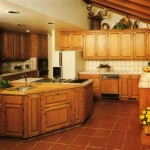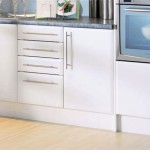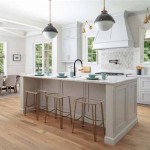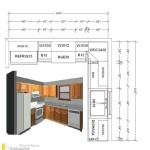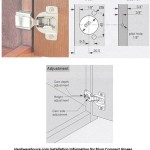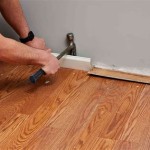Essential Aspects of Kitchen Cabinets Lights Fitting
Kitchen cabinets are a crucial part of any kitchen, and they can make a big difference in the overall look and feel of the space. One way to enhance the aesthetics and functionality of your kitchen cabinets is to install lights. However, fitting kitchen cabinet lights properly requires meticulous planning and attention to detail. Here are the essential aspects to consider when fitting kitchen cabinet lights.
1. Choosing the Right Lights
The first step is to choose the right lights for your kitchen cabinets. There are different types of lights available, including LED strip lights, puck lights, and under-cabinet lights. Consider the size of your cabinets, the desired brightness, and the overall style of your kitchen when selecting the appropriate lights.
2. Planning the Layout
Before installing the lights, plan the layout carefully. Determine the placement of the lights to ensure even illumination and avoid shadows. Measure the length and height of the cabinets to determine the number and spacing of the lights.
3. Preparing the Cabinets
Prepare the cabinets for the lights by drilling pilot holes for wires and mounting brackets. If necessary, cut out sections of the cabinet interiors to accommodate the lights and wiring. Ensure that the holes are precise and the edges are smooth to prevent damage to the cabinets.
4. Installing the Lights
Install the lights according to the manufacturer's instructions. Secure the mounting brackets to the cabinets and carefully attach the lights. Connect the wires properly and ensure all connections are tight to prevent electrical hazards.
5. Connecting to Power Supply
Connect the kitchen cabinet lights to a power source. Consider using a dedicated circuit breaker or fuse for the lighting to prevent overloading and potential electrical issues. Hire a licensed electrician if you are uncomfortable working with electrical systems.
6. Testing and Troubleshooting
Once the lights are installed, test them to ensure they work properly. Check for uneven illumination or flickering. If any issues arise, troubleshoot the problem by inspecting wires, connections, and light fixtures. Adjust or replace components as necessary.
7. Maintenance and Cleaning
Regular maintenance is essential to keep kitchen cabinet lights functioning optimally. Clean the lights periodically to prevent dirt accumulation and ensure good lighting performance. Check for loose wires or damaged components and address any issues promptly to maintain safety and functionality.
By following these essential aspects, you can successfully fit kitchen cabinet lights that enhance the aesthetics, functionality, and overall ambiance of your kitchen. Whether you are a DIY enthusiast or prefer professional assistance, careful planning, attention to detail, and proper installation techniques are key to achieving the desired results.

How To Buy Under Cabinet Lighting Ideas Advice Lamps Plus

Why Under Cabinet Kitchen Lights Are A Bright Addition To Your Home

How To Install Under Cabinet Lighting In The Kitchen Using Led Light Strips

How To Buy Under Cabinet Lighting Ideas Advice Lamps Plus

Everything You Need To Know About Under Cabinet Lighting

Led Strip Light Installation Tips Armacost Lighting
Led Under Cabinet Lighting Projects How To Use Strip Lights
Led Under Cabinet Lighting Projects How To Use Strip Lights

Inside Glass Cabinet Lighting How To Installing

Everything You Need To Know About Under Cabinet Lighting
Related Posts


